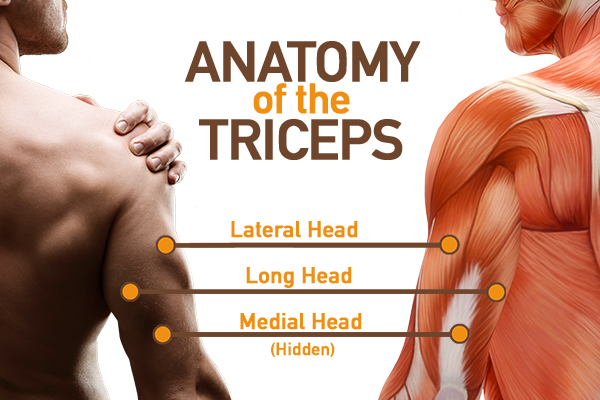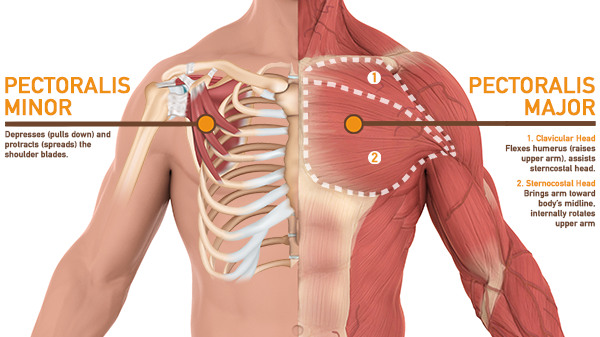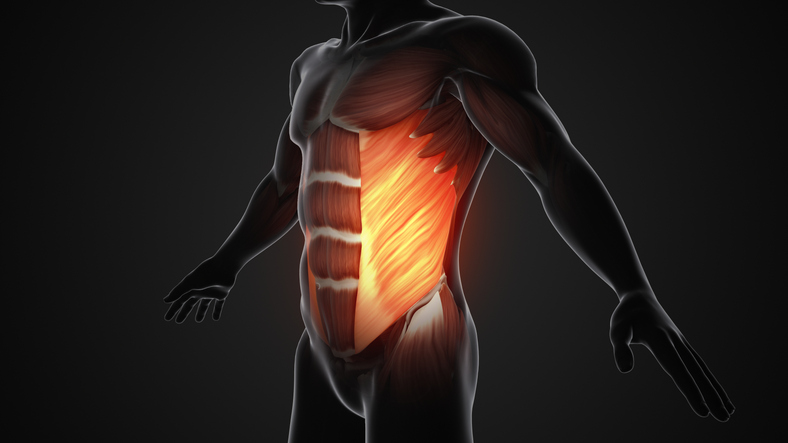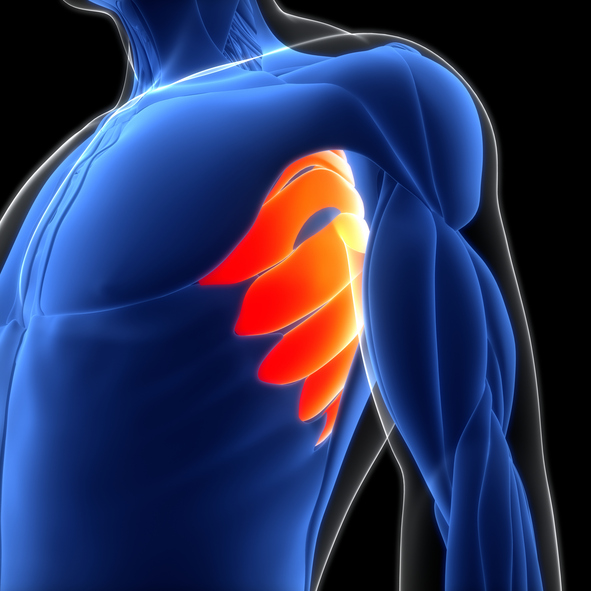Push-up variations abound, from modifying by elevating your hands to dialing up the challenge by adding plank jacks.
One particularly valuable (and quite challenging) variation is the archer push-up. Not only can this move engage different muscles than traditional push-ups, but it can also assist in progressing you toward one-arm versions.
The name of the push-up comes from loading one arm while still using the other, similar to how an archer draws back a bowstring but still holds on to the bow when loading an arrow.
Here are the steps on how to perform it, along with tips to make it easier or harder.
Archer Push-Up: Step-by-Step Instructions
- Assume a plank position with your hands around twice the width of your shoulders. Keep your body straight from your head to your heels, maintaining a neutral spine and making sure your hips aren’t dipping down or rising up.
- Rather than lowering straight down to the floor (as you would in a traditional push-up), lower your torso toward your right hand. Your left arm bends only slightly, as most of the work should be performed by your right arm.
- Come back up to center and switch to a push-up on the left side.
- Alternate between the two sides, focusing on keeping your arms wide and engaging your chest muscles.
Archer Push-Up Benefits
The archer push-up combines the advantages of traditional push-ups with benefits that come from working on one side of the body, says strength and conditioning coach Rocky Snyder, CSCS, author of Return to Center: Strength Training to Realign the Body, Recover from Pain, and Achieve Optimal Performance.
Those benefits include the following:
Archer Push-Ups: Muscles Worked
With this type of push-up, you can expect to engage several muscle groups in your upper body.
Triceps

Archer push-ups place substantial load on your triceps. This muscle group is responsible for extending (or straightening) your arms, which gets harder the closer your hands are to your torso.
Anterior deltoids

Your deltoids are made up of three muscles, the front-most of which (the anterior deltoid) is emphasized during pressing motions, like the push-up, overhead press, and bench press.
Chest

Comprised of the pectoralis major and pectoralis minor, your chest muscles are hard at work during pushing exercises. Their primary function is adduction, which means bringing your arms toward your body’s midline (think chest fly or bench press).
Obliques

The internal and external obliques are core muscles that are situated on the sides of your trunk and assist with torso rotation. During the archer push-up, they’ll help stabilize your upper body and resist movement.
Serratus anterior

An underrated muscle, the serratus anterior is a fan shaped muscle in the chest that attaches the shoulder blade to the rib cage. Its job is to slide your shoulder blades forward (protraction) and rotate them upwards (flexion), which is necessary during press movements.
Tips for the Archer Push-Up
As with any exercise, form is the most important aspect of working your muscles properly during the archer push-up. Snyder notes that these are some common mistakes you should avoid:
- Sagging your hips
- Arching your back
- Tilting your head up or down
“[Downward head tilt] happens because it’s the brain’s way of fooling you into thinking you’re getting down to the appropriate level with less effort,” he adds. “Any break away from the proper body position, even if it’s just your head, is an unfortunate opportunity to reinforce poor mechanics, and that increases the likelihood of injury.”
How to Make the Archer Push-Up Easier
- Drop your knees to take the pressure off your shoulders as a way to make the push-up easier but still effective. Snyder adds that you can also place a resistance band anchored above the knees as a way to maintain proper form.
- Place your hands on a slightly elevated surface.
- Bring your hands closer together.
How to Make the Archer Push-Up Harder
One key way to intensify this movement is by rolling an object from side to side, Snyder says. For example, you can place the hand of your working side on a medicine ball and lower down toward that, and then roll the ball to the other hand.
“With this option, the medicine ball moves easily, so you need to exert more effort to control the instability,” he adds. That can engage more core muscles as your body works to maintain balance.
Snyder suggests trying different objects — a kettlebell, small step or box, or even a dumbbell — to assess how that changes your push-up and the muscles that are engaged.
Combine any of these intensifiers to make the exercise harder:
- Decrease the tempo of movement during the eccentric (lowering) phase of the exercise to focus on time under tension.
- Lift the opposite foot off the ground as you lower down. For instance, lift the right foot when you lower toward the left side. This is another way to fire up the core muscles, since they’ll work harder to keep you stable.
- Place your legs on an elevated surface so you’re doing a decline version of the push-up.
“The archer push-up allows you to be creative, because there are a myriad of ways to tweak this particular movement to increase or decrease the intensity,” says Snyder. “As long as you’re keeping proper form, feel free to play around with variables that help engage your muscles in different ways.”



